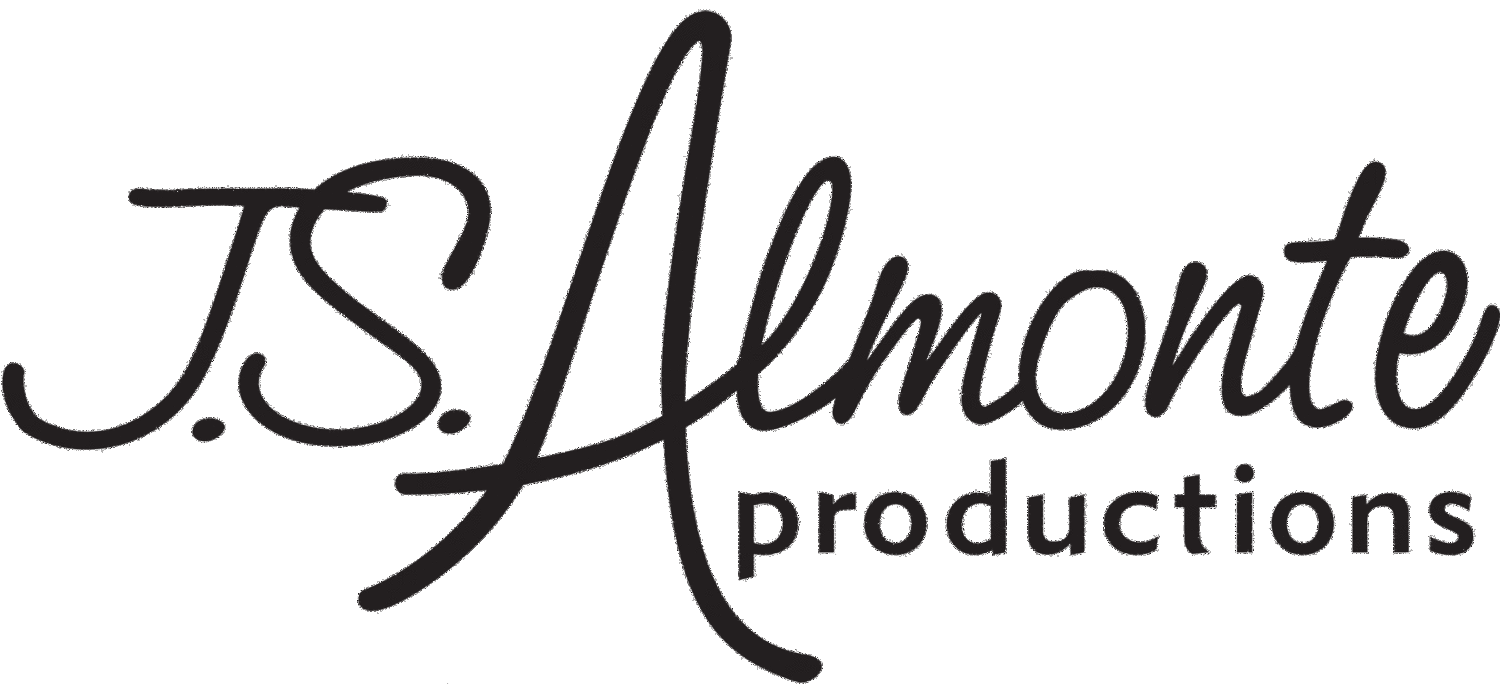This is part of a paper I wrote entitled. Subsequent and future posts can be found by searching my blog for the category “Artistry In Rhythm”
“The most important thing you can do is to empower another person to be themselves-even if what they’re going to do is going to be the opposite of what you do . . . you don’t want to teach them a dogma . . . you’re a part of their story. A lot of times you look at them as if they’re a part of your story. You try to empower them with tools to do what they want to do.” Wynton Marsalis[1]
“I don’t want to feel obliged to play something with the same styling that we became identified with at some specific period . . . I don’t want anyone to challenge my right to sound completely mad, to screech like a wild man, to create the mauve melody of a simpering idiot, or to write a song that praises God. I only want what any other American artist wants-and that is freedom of expression and of communication with our audience.”- Duke Ellington[2]
Introduction
While we venerate our history through Frankie Manning, Dean Collins, and The Savoy Ballroom, I think our community finds it a little too easy to discount everything that has happened in the recent past. A prominent Lindy Hop instructor once remarked to me that all the vintage clips he studied were history and dismissed everything else (meaning modern competitions and performances) as just pop.
We celebrated the birthday of the dance’s premiere ambassadors, Frankie Manning, at the Frankie Manning 95th Birthday Festival in 2009. Unfortunately he passed away a month before the event. However, he wanted us to celebrate his passing rather than mourn it, so the event went on and included an impressive array of performances that reflected the breath and diversity of a community of dancers that stretches across the entire world.
It was the culmination of years of research and practice by many people traveling different roads to breathe life into dances that were once thought to be dead. Dances once considered so inconsequential that few people at the time of their original popularity, at the beginning of the twentieth century, thought they warranted any serious thought or study, and in the estimation of former Whitey’s Lindy Hopper, Al Minns, even deliberately “stamped out” by its own culture.[3] As a result, it has taken decades for people resurrect them into living art forms again.
That’s why I think that we’re only doing ourselves a disservice by marginalizing our own recent history. 2008 marked the 10th anniversaries of Camp Hollywood and the American Lindy Hop Championships, two of the longest running Lindy Hop competitions and showcases of the modern[4] era. During that time, there has been relatively little serious discussion about the merits of specific Lindy Hop routines to come out of those or any other events. If anything, Lindy Hop message boards are littered with simple congratulations or broad unspecified statements of dissatisfaction.
There are many reasons why such discussions have been stifled in the past. It may be attributed to the fact that the community is relatively small and is afraid to hurt people’s feelings. There may also be an element of inhibition based ones uncertainty to provide useful, constructive criticisms outside of general approval or disapproval.
However, I think one of the main inhibitors seems to have been an overall lack of confidence in Lindy Hop and other vernacular jazz dances as serious forms of artistic expression. There is a general feeling that one should not take the dance too seriously; that it is primarily a social dance. While this sentiment is important to keeping everything in perspective and maintains the dance’s appeal to the general public, I do not believe that it should prevent serious reflection on the dance as an art form. In fact, I think it is vital for the dance’s continued survival or else it may end up re-consigned to the dust bin of cultural history from which so many people have worked so hard to rescue it.
Writing in Jazz Improv Magazine about Jazz and its historical contexts in relation to jazz academic programs, musician and educator Marco Pignataro noted, “Without a profound understanding of the roots and conflicts, esthetics and social contexts, old and new directions of this music, our jazz graduates could only become good technicians without real artistic depth.”
So I thought I’d take a little time to discuss the symbiotic relationships between creative trends, routines, and the community at large. In the process, I hope to illustrate not only Lindy Hop’s value as artistic expression, but also its value as a way of promoting dialog and creative growth within the community.
[1] Final Chorus by Nat Hentoff. Playing Changes on Jazz Interviews, Jazz Times April 2007
[2] From “Duke Ellington: Transcontinental Swing” essay from “Considering Genius” by Stanley Crouch.
[3] Al Minns Interview posted by “twobarbreak” aka Peter Loggins http://www.youtube.com/watch?v=5j5QvVrsO0Q last accessed July, 2007
[4] For the purposes of this blog, the Modern (or alternatively referred to as the Revival) Era covers the end of the 1970’s to the present. The Swing Era is defined roughly as the 1930’s to the mid-1940’s, ending at the end of World War II.
